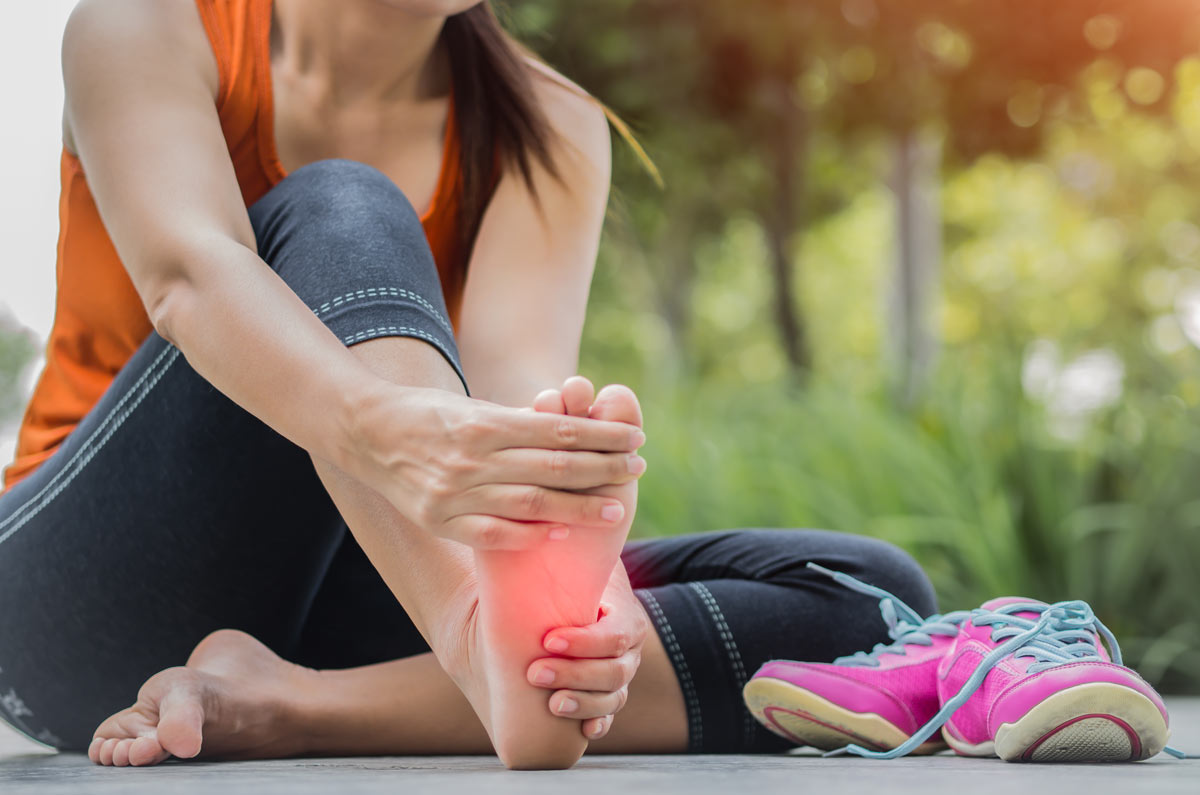Just the shot in the arm we need?
It’s seems crazy when you think about it, COVID-19 has had such a life changing effect on us, but unless you’re a healthcare worker, you probably don’t even know someone who’s had it. Yay for the success of our pandemic plan, but it also means most of us are still susceptible to it.
But we can’t stay in iso forever. Apart from all of the obvious reasons, we’ve run out of jigsaws, eaten all of the banana bread and we’re over video chatting to our friends about doing nothing.
It appears that the only way we can get back to our normal lives is if there’s an effective vaccine against COVID-19. So far the info we’re hearing from scientists developing vaccines these vaccines is encouraging. We’re even hearing that one may be available as early as September this year! But what are vaccines, how do they work and what are the chances we’ll have a vaccine for this virus any time soon?
Your immune system
To understand how vaccines work, it’s important to understand a little about your immune system. It’s designed to protect you against harmful diseases and infections caused by foreign bodies (also called pathogens) such as viruses, bacterium and other microbes. When your body detects the presence of a pathogen, your immune system mounts an attack to try to defeat it.
Side note: For those of you who have an autoimmune condition like rheumatoid arthritis, lupus or ankylosing spondylitis, your immune system has gone a little bonkers and has attacked your own body instead of a potentially harmful pathogen. This really sucks. But we can help. Contact our Help Line on 1800 263 265 weekdays.
Vaccines
Vaccines work by introducing your immune system to a virus or bacteria. This allows it to learn how to protect you from the pathogen before you meet it out in the world. A vaccine is a weakened or inactivated version of the pathogen. It causes your body to create antibodies – these are the soldiers in the battle against the foreign invader. They have one target and one target only…the specific virus or bacteria that you were vaccinated against. If it ever encounters it, it latches on and destroys or disables it.
Well that’s the immune system and vaccines in the smallest of nutshells. Watch this short video How do vaccines work? for more info.
Now it’s time to look at COVID-19 and the efforts to create a vaccine against it. You may be wondering why a vaccine rather than a treatment? That’s a good question, and there’s a LOT of work going into finding effective treatments for COVID. But to treat someone, they already need to be infected. And because this virus is highly infectious, that person can go on to infect many others. So it’s preferable that we prevent this and any subsequent spread of disease is prevented altogether.
We know a lot about COVID-19
Even though there are still so many unknowns, we do know a lot about this virus. If you compare it to other new viruses or disease outbreaks, we’re so much further ahead, which is really good news. We knew the genetic makeup of this virus within a couple of months of the outbreak. Researchers used this info to develop tests for diagnosing COVID and to start working on potential vaccines and treatments. So we’ve come a long way in a very short time.
Types of vaccines
Just as there are different types of pathogens, there are different types of vaccines. The type of vaccine developed will depend on characteristics of the pathogen and how it affects people
Types of vaccines include:
- A weakened, live version of the virus. We use this type of vaccine to prevent diseases such as measles, mumps, chicken pox and rubella. Note: people who have suppressed immune systems can’t use live vaccines.
- An inactivated vaccine (e.g. flu vaccination). Chemicals are used to destroy the virus before being injected however it’s not as effective as a live vaccine, which is why we have regular boosters.
- Vaccines that target specific parts of the virus, rather than the whole thing. This is used for diseases such as shingles, whooping cough and tetanus.
Creating a vaccine
A great article by The Conversation (31 March) outlined the steps involved in creating a vaccine for COVID-19:
- Basic understanding of the virus.
- Scientists decide which approach to use from the list above – i.e a live vaccine, an inactivated vaccine etc.
- Initial safety testing is carried out in animals to help us understand how it may affect people.
- Clinical trials being using people. There are three phases:
- Phase I – testing on a small number of people, to see how safe it is, and if it has any side effects,
- Phase II – testing on several hundred people to test for efficacy – or see if it works how it’s meant to work
- Phase III – testing on several thousand people for efficacy and safety.
If the vaccine can show it’s safe and provides effective protection against the virus, it will then go on to the next stage.
- Regulatory approvals.
- Production. This will involve a lot of work to create the quantities of vaccine we need to vaccinate large populations, and to ensure the vaccines are produced safely and with great attention to quality control.
For more information read: Coronavirus vaccine: here are the steps it will need to go through during development.
And….after all that we need to actually vaccinate people on a global scale! – which will take a great deal of planning and coordination.
So when will we have a vaccine?
The short answer is we don’t know. Most scientists say between 12-18 months. There are some who are more optimistic and say by the end of the year. With over 100 vaccines being researched around the globe, it may well be sooner rather than later. However we need to be mindful that we can’t rush this at the expense of safety.
So until a vaccine does appear we need to get comfortable with our new normal. We need to continue with our physical distancing, maintain high levels of hygiene, stay active, eat well, managing our mental health and follow the restrictions that are in place where we live. This will eventually pass, but it will take time.
More to explore
- Vaccines overview
Therapeutic Goods Administration, 14 May 2019 - The time of trials: Waiting for a coronavirus vaccine
Knowable Magazine, 22 May 2020 - Several techniques are being explored in the race to find a COVID-19 vaccine
Australian Academy of Science, April 2020 - Coronavirus vaccine: here are the steps it will need to go through during development
The Conversation, 3 March 2020 - The race for coronavirus vaccines: a graphical guide: Eight ways in which scientists hope to provide immunity to SARS-CoV-2
Nature, 28 April 2020 - Scores of coronavirus vaccines are in competition — how will scientists choose the best?
Nature, 30 April 2020 - How vaccines work
The History of Vaccines, The College of Physicians of Philadelphia, 2020 - Vaccine types
U.S. Department of Health & Human Services, March 2020 - Phases of clinical trials
Australian Government, Australian Clinical Trials



















